There are certain categories of games that I absolutely love. You will have heard about my recent escapades in the world of 18xx games and the excitement these types of games create for me. They offer me a good dose of brain training, while also being thematically enjoyable. Yet, there is another genre of games that I love: tile-laying games. So, in this article, I want to talk about these games a bit more and explain what I like about them so much.
Listen to the Audio Version
Intro Music: Bomber (Sting) by Riot (https://www.
Music I Use: Bensound.com/royalty-free-music
License code: ELSMVZV4TXWOJZEJ
The Beginnings
I guess the most well-known and absolute classic game in the genre is, of course, Carcassonne. The game was first published in 2000 and won the Spiel des Jahres prize the following year. There are now many different versions of this fun family tile-laying game, with countless expansions.
You probably already know the rules, but let me tell you anyway. In Carcassonne, you draw a square tile that has a combination of grass, roads, cities and monasteries on it. You place the tile so that matching features line up: roads have to connect to roads and city sections to other city sections. It’s very visual and immediately obvious what you have to do. Once you have placed the tile, you can put one of your meeples on one of the features. When you complete a feature by for example having a fully enclosed city, you score points and take your meeple back.
Carcassonne is one of the purest tile-laying, pattern-matching games out there. It’s a great example of the genre and beautifully illustrates what I love about these games. It starts really simple. You usually have only one or two options where your tile fits. There is also usually no question that you want to place your meeple on one of the features. The decision you have to make on your turn is pretty simple and limited.
Yet, as the map grows, you have more choices and things soon get a lot more complex. You have a limited number of meeples and you also need to consider if you place a tile to block an opponent, to get the opportunity to share in their points or just do your own thing somewhere else.
That’s what makes this game so much fun. It’s these types of games that I love.
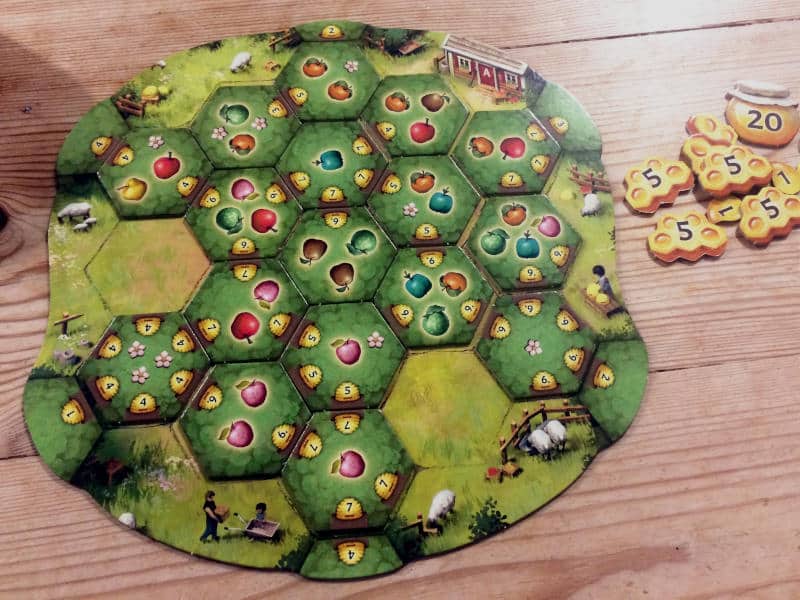
Modern Variations
With such a classic, evergreen title to lead the way, other games soon followed in its footsteps. Over 20 years later, the genre is still going strong. I think there are a lot of modern versions with interesting twists on the basic mechanisms.
One of my recent favourites is Applejack. In this game, rather than being forced to place your tile adjacent to an existing one and at the same time match the features, you can place your tiles in your orchard wherever you want. Additionally, tiles are hex-shaped, rather than square, which does open up a lot more possibilities.
Those two tweaks combined make for a much more thinky game. It doesn’t take long for your brain to go into overdrive trying to figure out the best place for your tile to go. Add to that the fact that you have multiple tiles to choose from, rather than just drawing the top one from a stack, and you can see how much different Carcassonne and Applejack are.
The other difference is that it’s a bit more of a multi-player solitaire game. While you can take a tile someone else might want, you’re usually more focused on what you need. You certainly have no way of blocking someone else, because you can only place tiles on your own board.
Having to plan ahead and find the best spot for each tile is tricky. You also have a mini race against time, because you want to have enough apples of a certain type before they are scored. There is a lot more pressure on everyone and it’s easy to block yourself in if you’re not careful. At least, you only have yourself to blame.
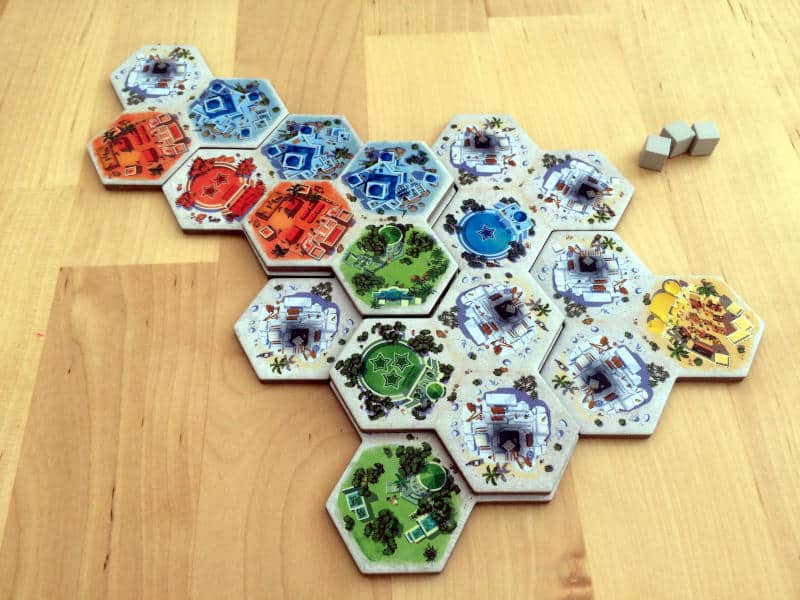
More Twists and Turns
The clever tile-laying game Akropolis lifts the whole genre into the third dimension. In this game, you don’t just place tiles, which are basically three hexes stuck together, next to each other, you actually stack them on top of each other, which gives you more points and more choice of which tiles you can choose from on your next turn.
It’s a really clever twist that not only makes the game literally stand out from the rest, but adds another set of decisions that make your brain work even harder than other games.
Looot changes how you get your tiles. They are all still hexes, but you have a map of different resources onto which you place your Viking worker meeples. You can only place them next to another Viking, one of yours or that of another player, which limits your choice a little bit. However, rather than always only gaining a single tile, in Looot you can potentially get three or more. Where you place these is crucial. You want certain tiles to be next to others and create a pattern where multiple objective tiles have access to the same resources to be able to score them.
It’s a real brain burner, without being so overwhelming that you can’t cope. It represents a good level of thinkiness that I feel is just right for me, even when I feel a little bit tired.
As you can tell, the genre of tile-laying games where you try and match patterns has really exploded over the last two decades. They all have something different to offer. They all scratch the same sort of itch for me. You need to figure out how best to arrange your tiles to get the most points, while competing with others.
How About You?
I wonder what you think about tile-laying games like these. Have you played any of the ones I mentioned? How did you get on with them? Do you have a favourite? Are there any tile-laying pattern-matching games I haven’t mentioned in this article? As always, please share your thoughts and experiences in the comments below. I’d love to hear what you think about the genre and maybe discover a game that’s new to me.
For behind-the-scenes updates, branded merchandise, and more, please support the blog.
Useful Links
- 18xx games: https://tabletopgamesblog.
com/ tag/ 18xx-games/ - Carcassonne: https://www.
asmodee. co. uk/ collections/ carcassonne - Applejack review: https://tabletopgamesblog.
com/ 2023/ 09/ 30/ applejack-saturday-review/ - Akropolis review: https://tabletopgamesblog.
com/ 2023/ 09/ 09/ akropolis-saturday-review/ - Looot: https://en.
gigamic. com/ accueil-fr/ 1136-looot. html
2 Comments
What are you thoughts?
Add your thoughts on the topic to the form below and join the conversation.
Audio Version
Intro Music: Bomber (Sting) by Riot (https://www.
Music I Use: Bensound.com/royalty-free-music
License code: ELSMVZV4TXWOJZEJ
Playlist
These are the songs I listened to while I was writing this topic discussion article:
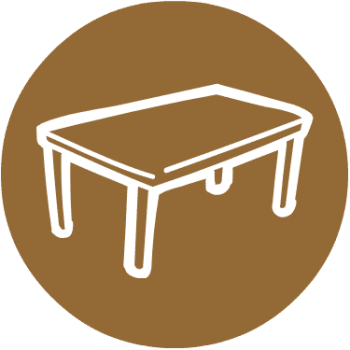


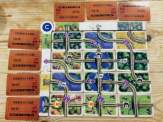
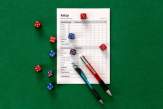


I too love this game mechanism a lot! Thank you for sharing these, I really enjoyed Carcassone but always felt it was too simple and the meeples were a bit clunky. I also loved hexagonal peices just like the ones you show above which lead me to develop a similar game which also adds some elements from Risk. Will share more soon as I am still developing it! Would love to send to you for a review later.
Hello Saie. Thank you for your comment. It’s great to hear that you’re working on your own game. Feel free to reach out closer to the time via the website’s contact page and we can talk more then. In the meantime, all the best with the development.